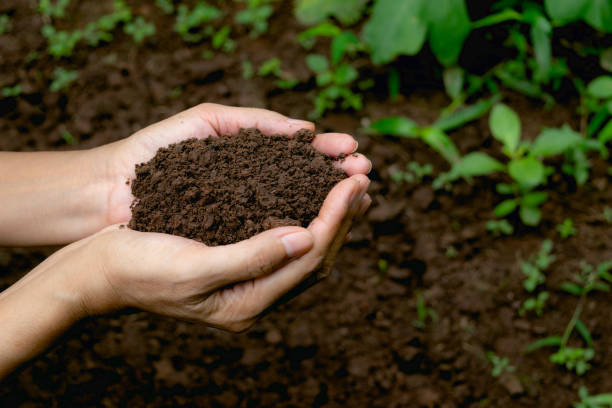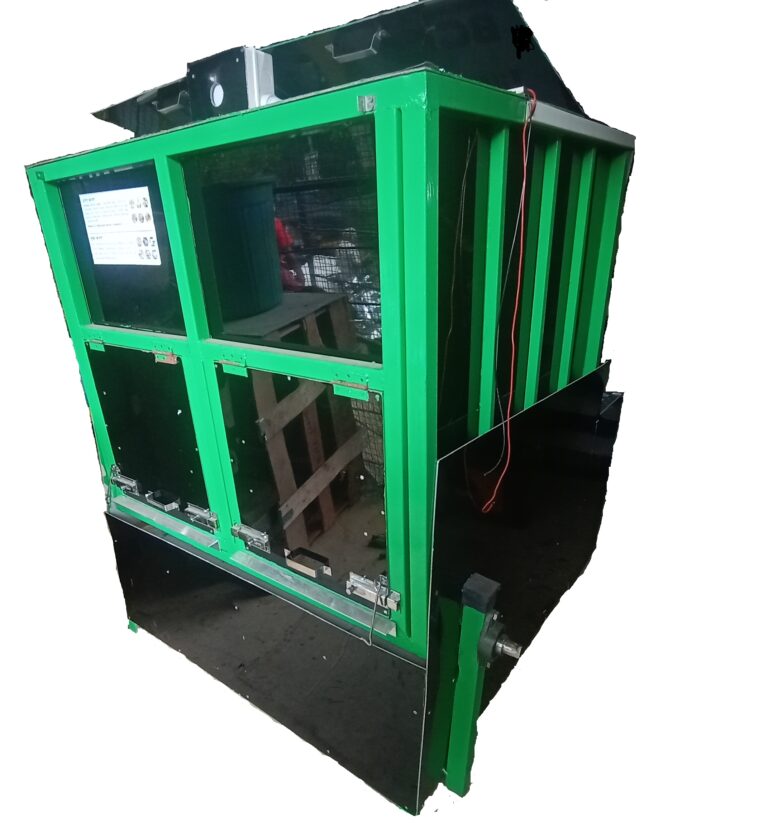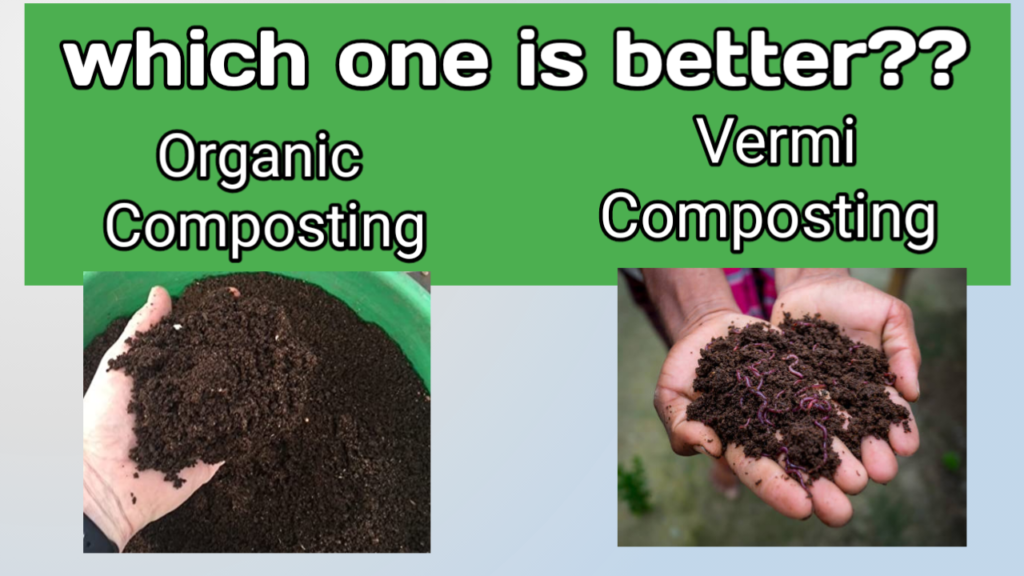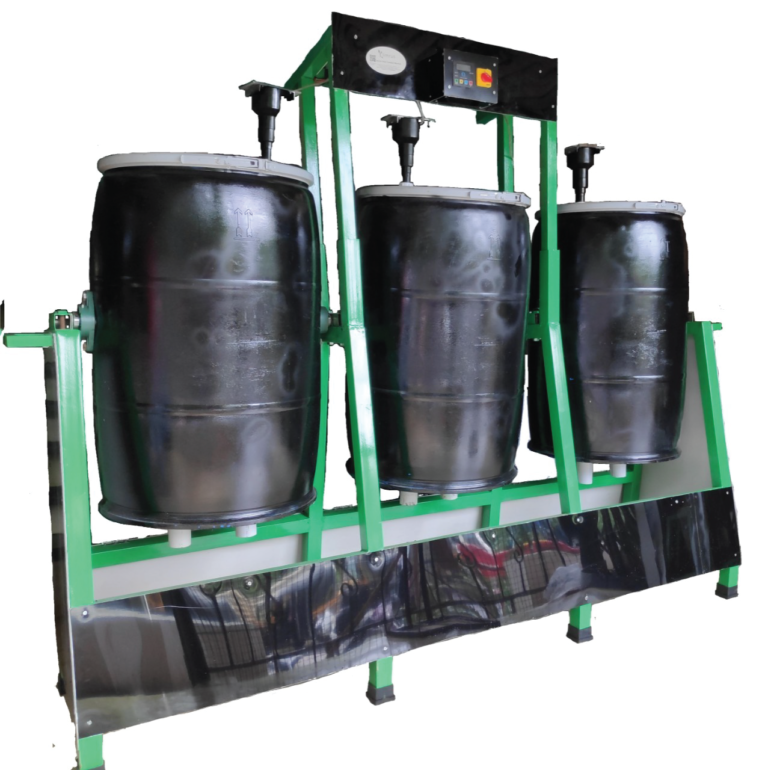Vermicomposting: A Sustainable Solution for Organic Waste Management

Composting is a natural process of recycling organic waste into nutrient-rich soil. It is an effective way to reduce waste and minimize the environmental impact of our daily lives. However, traditional composting can be time-consuming and requires a lot of space. That’s where vermicomposting comes in.
Vermicomposting is a composting method that uses earthworms to break down organic waste. The process involves feeding food scraps, yard waste, and other organic matter to worms in a worm bin or vermicomposter. The worms eat the organic material and convert it into nutrient-rich castings that can be used as fertilizer for plants.
Vermicomposting has several advantages over traditional composting methods:
- Vermicomposting is faster: Vermicomposting can produce high-quality compost in just a few weeks, while traditional composting can take several months.
- Vermicomposting is space-efficient: Vermicomposting can be done in a small space, making it ideal for urban areas or those with limited outdoor space.
- Vermicomposting is odorless: Unlike traditional composting, vermicomposting does not produce any unpleasant odors, making it ideal for indoor use.
- Vermicomposting is easy: Vermicomposting is a simple process that requires little maintenance. All you need is a worm bin or vermicomposter and some food scraps.
- Vermicomposting is sustainable: Vermicomposting is a sustainable solution for organic waste management. It reduces waste and provides nutrient-rich soil for plants.
Getting Started with Vermicomposting
Also Read: What is vermicomposting how to make
To get started with vermicomposting, you will need a few basic supplies:
- A worm bin or vermicomposter: You can purchase a pre-made worm bin or vermicomposter, or you can make your own using a plastic bin or container.
- Bedding material: The worms need a bedding material to live in. Good options include shredded newspaper, cardboard, or coconut coir.
- Worms: You will need to purchase red worms, also known as red wigglers, to start your vermicomposting bin.
- Food scraps: The worms need food to eat. Good options include fruit and vegetable scraps, coffee grounds, and tea bags.
Setting up Your Vermicomposting Bin
Once you have your supplies, it’s time to set up your vermicomposting bin. Here’s how:
- Drill holes in the lid and bottom of the bin for ventilation and drainage.
- Add a layer of bedding material to the bottom of the bin.
- Add the worms to the bin.
- Add food scraps to the bin, burying them under the bedding material.
- Keep the bin in a cool, dark place, such as a closet or basement.
Maintaining Your Vermicomposting Bin
Maintaining your vermicomposting bin is easy. Here are some tips:
- Feed the worms regularly: The worms need food to eat. Feed them once a week with fruit and vegetable scraps, coffee grounds, and tea bags.
- Keep the bedding material moist: The bedding material should be moist but not wet. Add water as needed to keep it damp.
- Harvest the compost: When the compost is ready, it will be dark and crumbly. Remove the compost from the bin, leaving the worms behind. You can use the compost to fertilize plants.
- Avoid feeding the worms meat, dairy, or oily foods: These foods can attract pests and produce unpleasant odors.
- Keep the bin away from direct sunlight: Direct sunlight can overheat the bin and harm the worms.
Conclusion:
Vermicomposting is a sustainable and efficient method of organic waste management that uses earthworms to break down organic material into nutrient-rich soil. It is a space-efficient and odorless process that can be easily done in urban areas or indoor spaces. Vermicomposting is easy to set up and maintain, making it an ideal solution for anyone looking to reduce their environmental impact and produce high-quality compost for their plants. By following some basic guidelines for setting up and maintaining a vermicomposting bin, anyone can contribute to a more sustainable future while reaping the benefits of nutrient-rich soil for their gardens.










